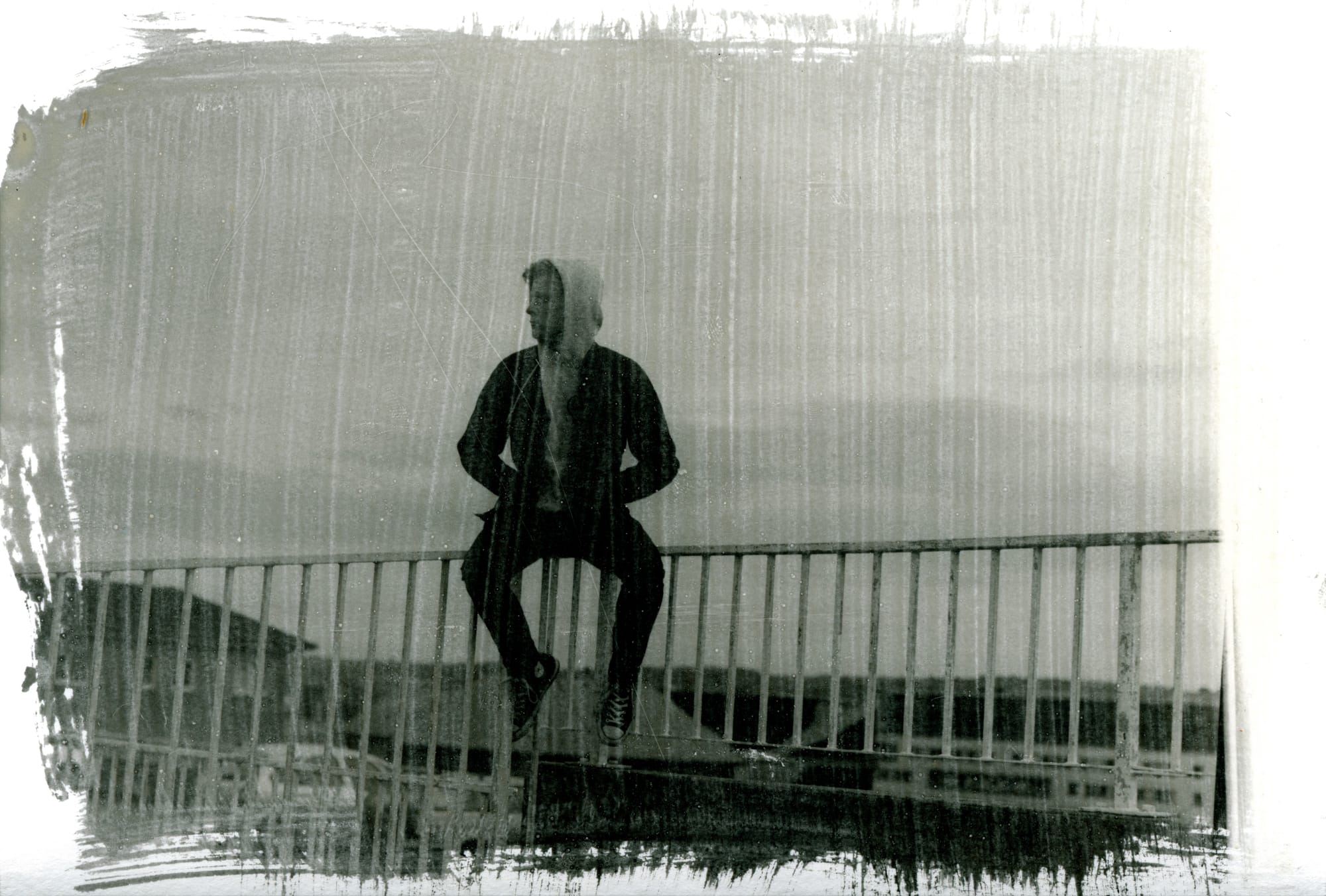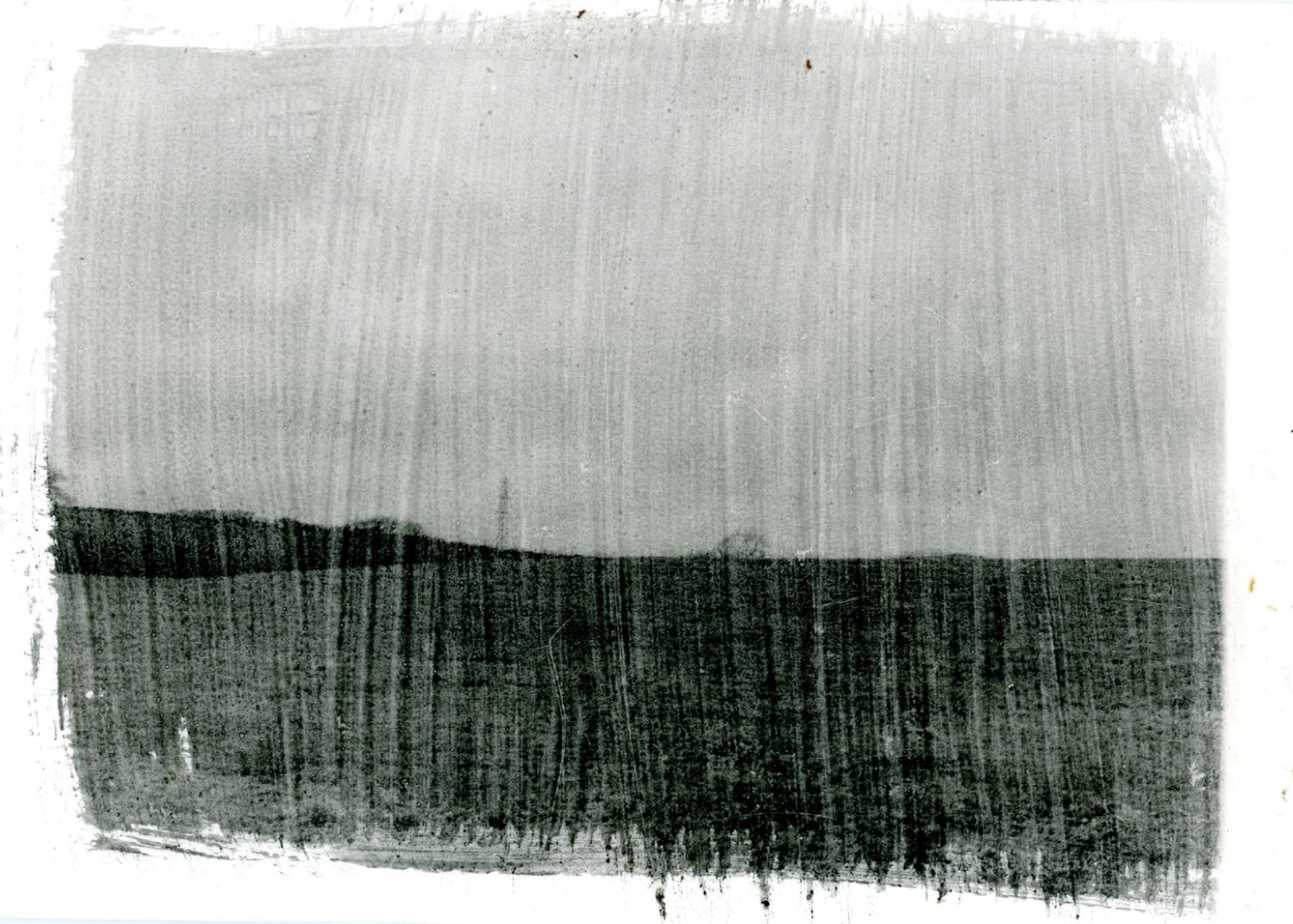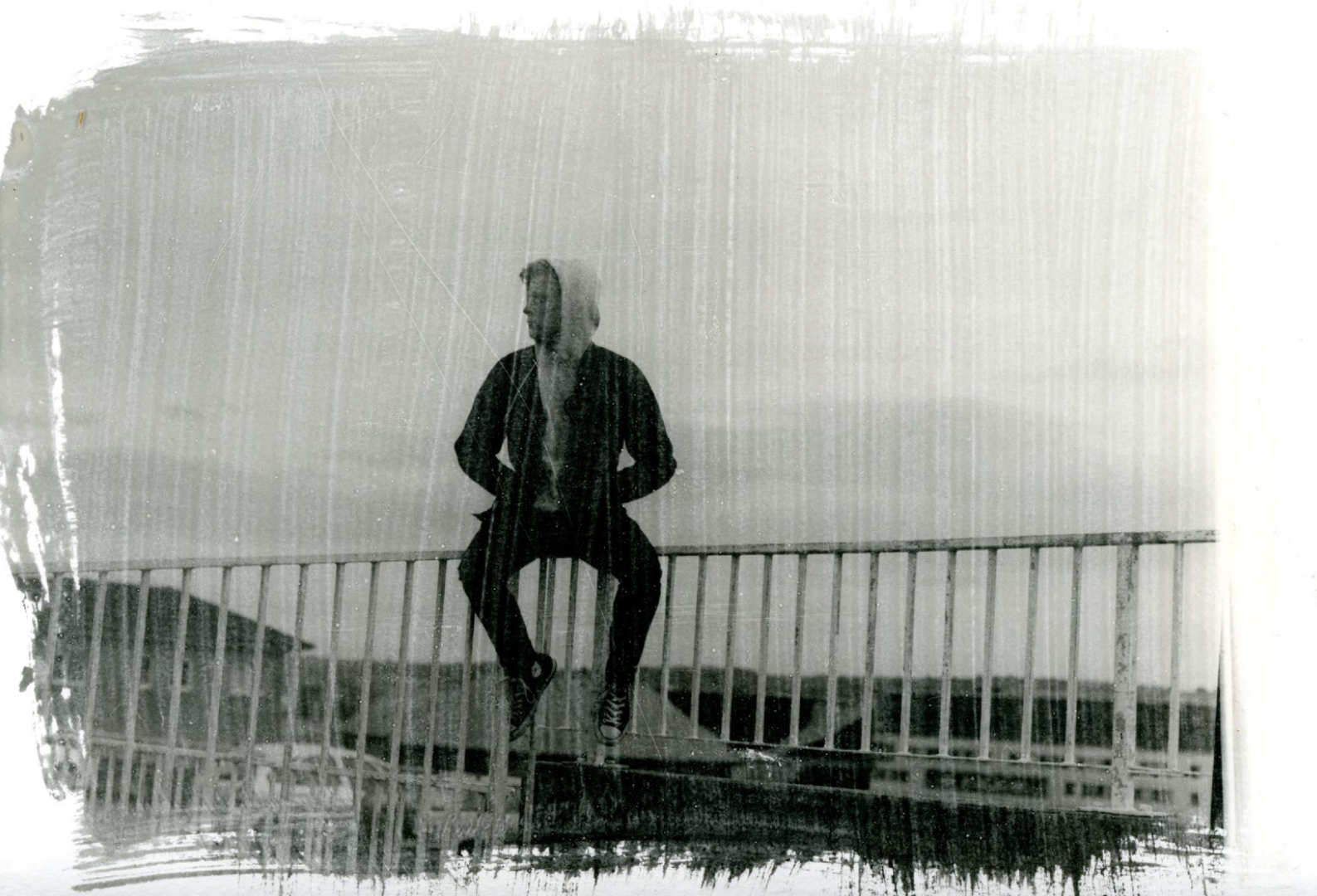Liquid light
The thing that I remember being told is that the iconic minerals are extracted using a cold process to create this liquid light supplement that contains on of the most powerful nutrients transports found in the natural world and it still is arguable till this day. Liquid light in the scientific realm is called SE1 emulsion or LE30 emulsion (which we used when testing this process) and it this should be stored at a temperature at 10C or less but not frozen, to keep this chemical active and usable for the best conditions.
The process that we did was go into the darkroom and we got told that the liquid light can be placed onto any material as long as it can dry and stick to it such as wood, paper and card. The main thing that you have to be carful is not to wash it in the bath for too long as the image may start pealing and come off.
The great thing with this process you can chose on how your work should be displayed as you can choose to have brush marks when applying the liquid light of you can use some card to make a smooth stroke so that you it looks clean.
 Something that I noticed in the darkroom the way you can tell which way you should place the paper/object to be exposed to the light is on the side that the liquid light has be placed is slightly shiny such as glitter but for this its very fine so its not so easy to see. You should be careful when using the liquid light and the materiel its on as you don’t want to peel off the liquid light until its fully developed and fixed to the material.
Something that I noticed in the darkroom the way you can tell which way you should place the paper/object to be exposed to the light is on the side that the liquid light has be placed is slightly shiny such as glitter but for this its very fine so its not so easy to see. You should be careful when using the liquid light and the materiel its on as you don’t want to peel off the liquid light until its fully developed and fixed to the material.
The process of the liquid light is exactly the same when in the darkroom and using the enlargers as if you were using photo paper in the darkroom as it has the same processing properties.
 This process is a very artistic based style as when I processed the pictures I found out that the images aren’t very sharp in quality when looking at the images as when making and producing them it was brushed onto card giving and leaving the brush strokes of the liquid light rather than a smooth surface.
This process is a very artistic based style as when I processed the pictures I found out that the images aren’t very sharp in quality when looking at the images as when making and producing them it was brushed onto card giving and leaving the brush strokes of the liquid light rather than a smooth surface.
Talking about surfaces the great thing about using liquid light is that when applying onto that material you get to see and feel the texture of that material hold the liquid light and this just makes the chosen image that much more different from the next person.
Overall, I’m very happy in testing and trying this method but its not a method that interested me so much to possibly go and explore that much more on my own. So, if it comes up on an opperintiny where someone wants to share and split the cost of using SE1 or LE30 emulsion I would pay to use it as if I wanted to buy 1 bottle it would cost £40 for 250ml, in turn this would process around 50 sheets of 10x8 if I had a controlled amount of liquid on every amount that would be used. So for that reason I will be interested if someone will like to split the cost I will have another go.



